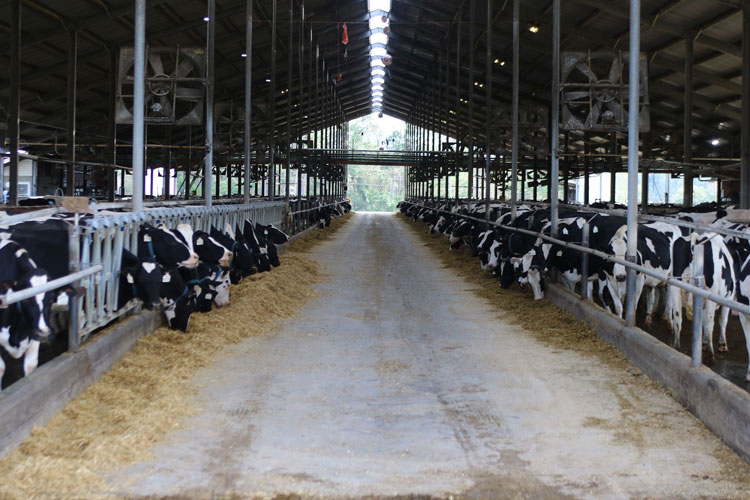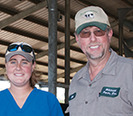
Here in the southeastern United States, we are starting to see more and more dairies turn to robotic milking. The problem is there’s only one man in the entire area who can work on our robots. That’s because the vast majority of robotic farms are in the northern part of the country.
Pete Gerber has come to the rescue many times. He tackles a robotic issue on site at one farm while going back and forth with phone calls from two or more dairies all at the same time.
As time moves forward and more dairies progress towards robotics, the need for technicians is increasing very fast. Although it hasn’t happened for us yet, I’d hate to see the day that we have an entire break down with technician support needed physically at the same time as another dairy. With that being said, I cannot speak for the northern dairies, but this issue has pushed us to learn to keep extra parts that we might need for breakdowns as well gain the knowledge to fix the issues ourselves.
More robotic training is also needed. We could use training courses for farm employees, so they are able to fix issues if the parts are available on farm. I attended a couple of training courses and meetings up north that helped me gain a tremendous amount of knowledge, but the availability to go to those courses anywhere in the Southeast is just nonexistent.
The need for these services is gaining ground fast, and as technology in agriculture progresses, the need will only grow. When we first started up with robotics, we were the only farm using them in Georgia, so at that time it was all hands were on deck. We are still very pleased with our decision to go with robotics, but if I had to pick one thing to change, it would be more technicians in the area and more training for farms.

Mark and Caitlin Rodgers are dairy farmers in Dearing, Georgia. The Rodgers have a 400-cow dairy that averages 32,000 pounds of milk. Follow their family farm on Facebook at Hillcrest Farms Inc.








